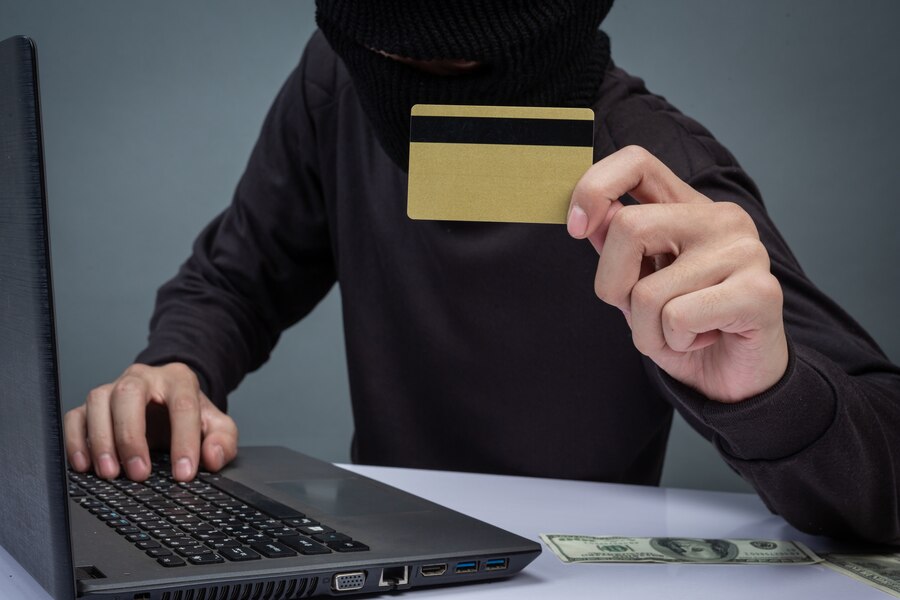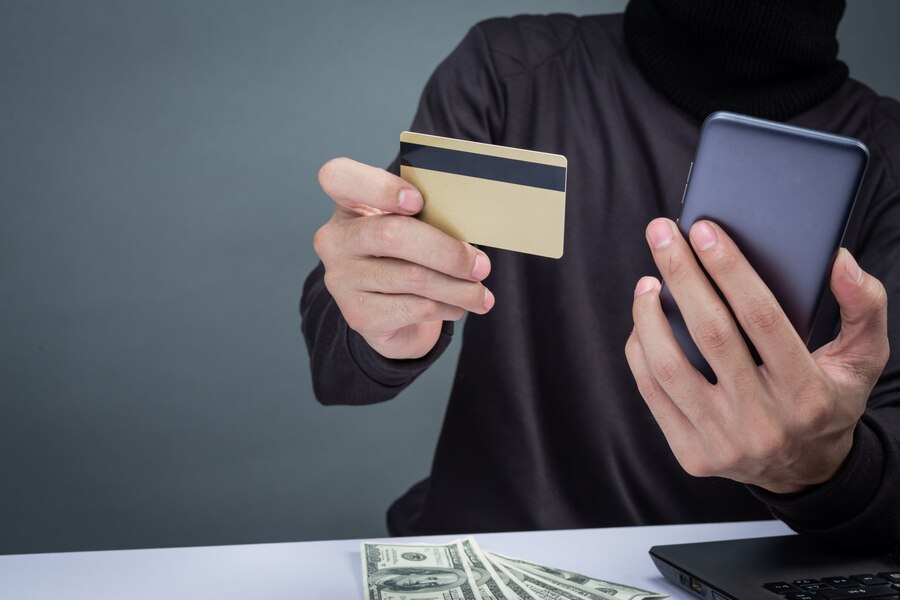In today’s digital age, credit card fraud is a growing concern for consumers. With the rise of online shopping and contactless payments, it’s more important than ever to understand how to protect your credit card information from theft and fraud. This article will provide essential tips for ensuring your credit card security, helping you safeguard your finances.
Understanding Credit Card Fraud

Credit card fraud occurs when someone uses your credit card information without your permission to make unauthorized purchases or transactions. This can happen through various methods, including:
- Data Breaches: Hackers gain access to retailers’ databases and steal customer information.
- Phishing Scams: Fraudsters send emails or texts pretending to be legitimate companies to trick you into providing personal information.
- Skimming: Devices are placed on ATMs or point-of-sale terminals to capture your card information when you swipe.
Tips for Protecting Your Credit Card Information
- Use Strong Passwords: Create complex passwords for your online accounts that include a mix of letters, numbers, and symbols. Avoid using easily guessed information like birthdays or names.
- Enable Two-Factor Authentication: Whenever possible, enable two-factor authentication (2FA) on your accounts. This adds an extra layer of security by requiring a second form of verification in addition to your password.
- Monitor Your Accounts Regularly: Check your credit card statements frequently for any unauthorized transactions. Report any suspicious activity to your card issuer immediately.
- Set Up Account Alerts: Most credit card issuers offer alerts via text or email for transactions over a certain amount. Setting these alerts can help you catch fraud early.
- Avoid Public Wi-Fi for Transactions: When shopping online or accessing sensitive information, avoid using public Wi-Fi networks, as they can be less secure and more susceptible to hackers.
- Shop Securely Online: Only make purchases from reputable websites that use HTTPS in their URLs, indicating a secure connection. Avoid storing credit card information on websites unless absolutely necessary.
- Be Wary of Phishing Attempts: Do not click on links or download attachments from unknown sources. If you receive a suspicious email claiming to be from your bank, contact them directly using a verified phone number.
- Keep Your Card in Sight: When making purchases in person, never let your card out of sight. Use mobile payment options when available to reduce the risk of skimming.
- Report Lost or Stolen Cards Immediately: If your credit card is lost or stolen, report it to your issuer right away to prevent unauthorized charges.
- Consider Using Virtual Credit Cards: Some banks offer virtual credit cards that generate temporary numbers for online transactions, adding an extra layer of security.
Conclusion
Protecting yourself from credit card fraud requires vigilance and proactive measures. By following the tips outlined in this article, you can significantly reduce the risk of falling victim to fraud and safeguard your financial health. Always stay informed about the latest security practices and monitor your accounts regularly to ensure that you are protected against potential threats.
FAQs
Q1: What should I do if I suspect my credit card has been compromised?
A1: Contact your credit card issuer immediately to report the suspicious activity and request a new card.
Q2: How can I tell if a website is secure for shopping?
A2: Look for “https://” in the URL and a padlock icon in the address bar, which indicates a secure connection.
Q3: Are there any fees associated with reporting fraud?
A3: Most credit card issuers do not charge fees for reporting fraud; however, check with your issuer for specific policies.
Q4: What is zero-liability protection?
A4: Zero-liability protection means that you are not responsible for unauthorized charges made with your credit card if you report them promptly.
Q5: How often should I check my credit report?
A5: It’s advisable to check your credit report at least once a year for any inaccuracies or signs of fraud.
